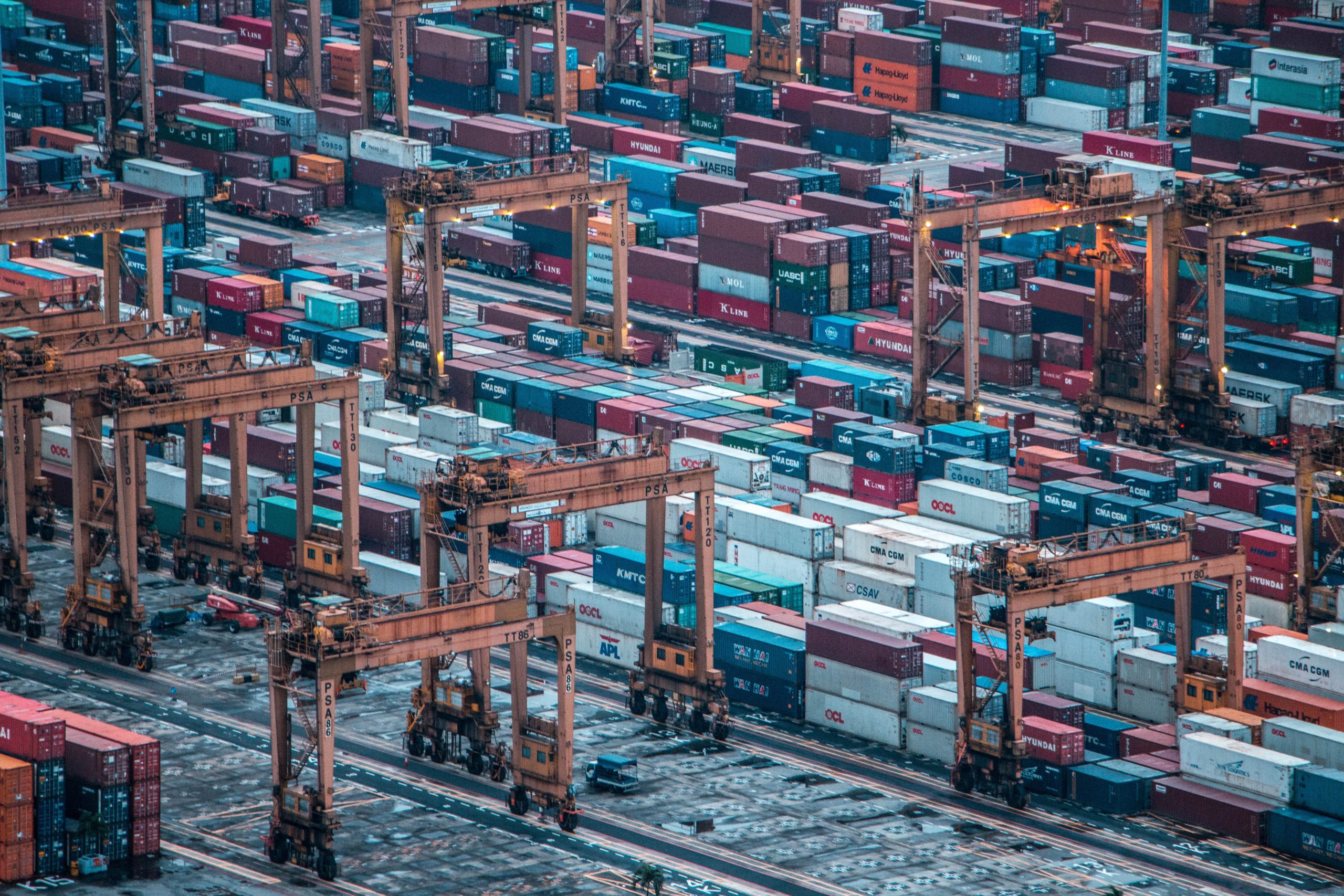What should shippers expect from a modern freight forwarding service?
Scroll to find out more
Scroll to find out more

The last four years have seen significant changes in the way everyone works – from flexible working becoming a given for some industries, to everyone becoming Zoom literate (or at least trying their best). This has meant changing tools, acquiring new schools and becoming more comfortable with diversity in the ways we interact. However, despite the freight forwarding industry having had a front row seat to one of the most significant cases of market disruption in recent memory over the last few years, many freight forwarders are still running as if nothing’s changed.
On some levels, this is not a huge shock. Freight forwarding is by nature a complex, multi-stakeholder, geographically distributed industry – making any change happen on that scale is tough. The challenge, though, is that logistics is increasingly out of step with the pace of many of the businesses that use these services.
Think about e-commerce – a massive trend in the last decade. Businesses, like Amazon, have built their models on making sure inventory is exactly where it needs to be, in the right volume, to enable them to deliver anything quickly and cheaply. But they’ve done this by building their own network and setting their own standards. When it comes to other businesses trying to do the same things, it can feel hard to find a freight forwarding partner who can keep up.
To understand more about the inner workings of freight forwarders and how digital freight forwarders are moving ahead, we sat down with Zencargo’s Head of Solutions, James Fry, on our weekly podcast Freight to the Point.
Freight forwarding is a service-led model – they exist to take on specialised tasks (logistics coordination) that their clients lack the resources or skills to do. But as digital tools become more common in the day to day running of businesses, from accounting to business intelligence, this service model is starting to show its age.
‘Traditionally, the relationship has been fairly, I would say, transactional,’ explains James. ‘It’s been based on three things: service – forwarder’s ability to be able to move cargo from A to B, and deliver that within the required transit and lead times, cost– are you competitive, and then thirdly, it’s been value add, but very minimalistic value add. It’s generally things like shipment reporting, basic levels of visibility.’
The challenge for the whole industry during the pandemic was seeing how that service model stood up to the disruption of the market, and for many it was clearly a struggle. Systems that worked well when the world was going to plan suddenly fell short, and new shipper problems appeared that many forwarders were unable to address.
‘It was the first time businesses and leaders have gone through that together, and they started asking questions from their forwarders, which maybe the forwarders had never been asked before or never had expected from a transactional relationship.’ explains James.
While recent years have seen the growth of digital freight forwarders, like Zencargo, it’s a challenge for traditional freight forwarders to catch up when it comes to providing services through technology.
As digital tools have become more common in businesses and manufacturing, there is a huge opportunity to offer a digital freight forwarding service that not only moves freight, but uses data about those movements to integrate with the rest of a shipper’s systems to drive additional value.
This isn’t an entirely new level of service – large importers have had a version of this insight and control for years, but it required significant manual work to deliver, meaning that it was only profitable for high-spend clients. Digital tools have changed that.
‘Digital forwarders are breaking down and lowering that level now – we’re able to provide that same level of expertise, consultation, the personal touch, the relationship, to all of those importers.’ says James. ‘We can deliver value right from the start of the relationship with our customers through our technology…benefiting from our software and our platform, from really great visibility, really great insights into their supply chain, and that just makes that relationship a lot more easier.’
Digitising the shipper-forwarder relationship enables a relationship based on value, rather than just service provision, in line with other sectors that have digitised their services. Part of the challenge for both parties is that this value can really be tailored to the customers’ needs, depending on their customers, market and goals.
Key possibilities to consider include:
In a fast changing market, freight forwarders have a responsibility to their customers to deliver not just a good service, but a high level of value. And value is context dependent – it has to evolve with the conditions around it and help shippers not just move goods but move their business forward.
Zencargo is a digital-first forwarder built to deliver more for shippers, using the latest in supply chain technology, from AI-analysis to smart automation, to help businesses make their supply chains do more.
To find out more about how our service could help you build a truly modern supply chain, get in touch with our team today.

In Focus: An update on U.S. tariffs The de minimis exemption for Chinese and Ho...

In Focus: Tariff turbulence continues to disrupt Escalation in U.S. tariff poli...
